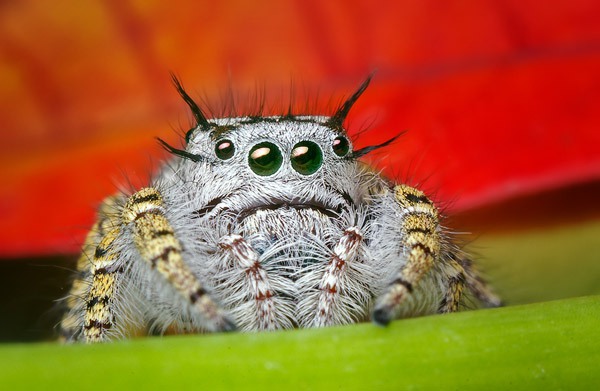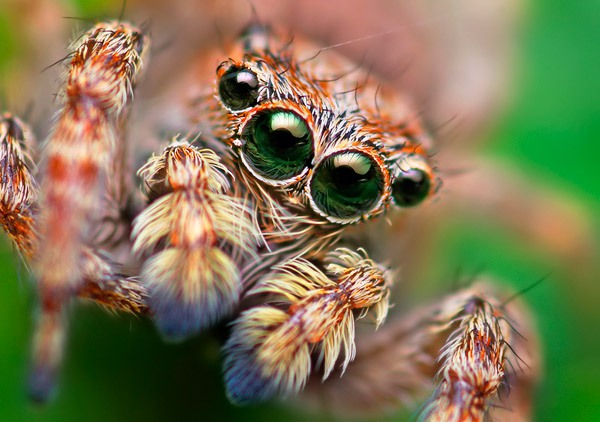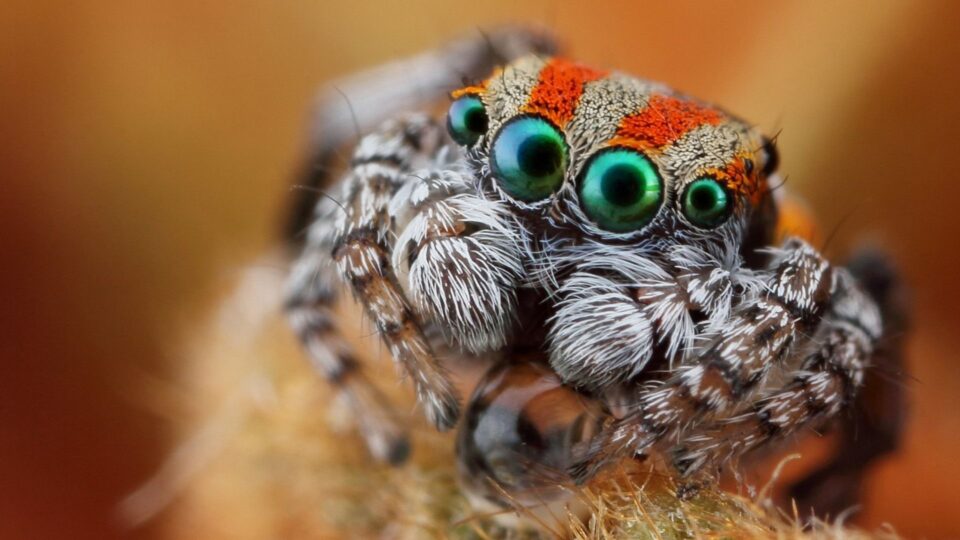The intelligence of owls, the secret weapon to help moths fight enemies, birds cannot live in space …
Let’s follow in the footsteps of science on a journey through the animal kingdom, observing their rich life and exotic abilities not everyone knows about.
1. The coat of a mole
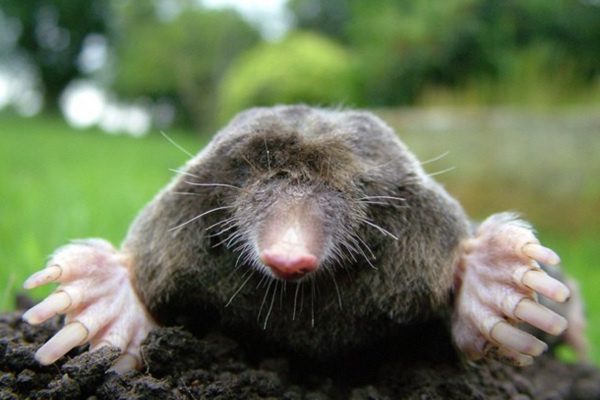
2. The viability of birds in space
Many people believe that birds can survive in zero gravity. However, the truth is not the same: birds cannot exist in space.
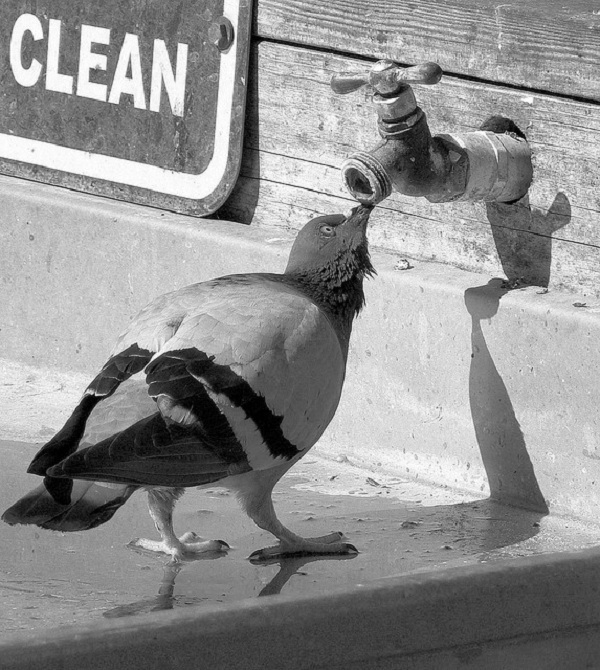
3. The butterfly’s weapon against the chase of bats
Bats are among the most talented and dangerous hunters in the animal kingdom, especially at night. Bats develop their ultimate hunting abilities through sound localization.
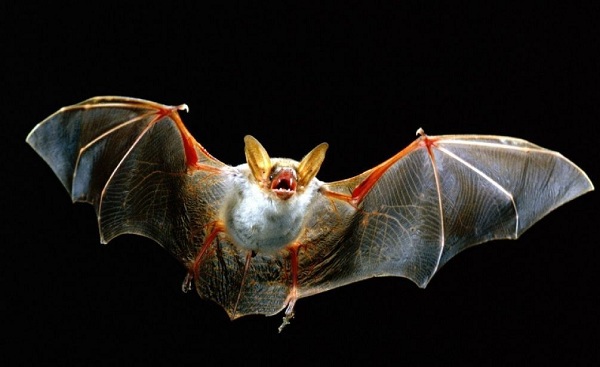
They emit sound waves in flight and rely on bounce waves to locate their prey like a “radar”. Butterflies also use this weapon to get rid of the enemy’s claws.
Many caterpillars have evolved to the point where they can rely on sound waves to reverse a hunter’s position and react quickly to escape.
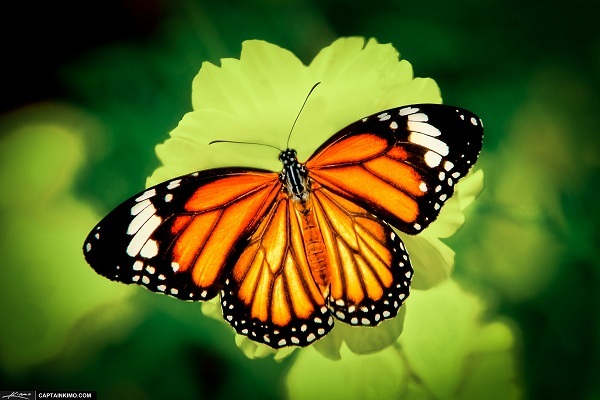
The clip shows how a butterfly escapes from the pursuit of a predator.
4. The wisdom of owls
In many fairy tales or cartoons, owls often appear as an animal with great intelligence and knowledge. But is the truth in real life like this?
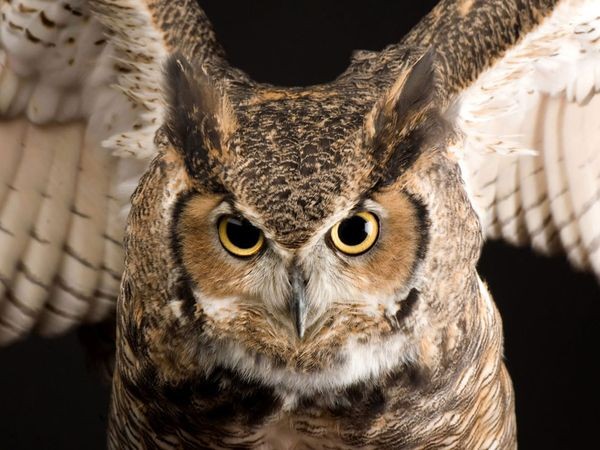
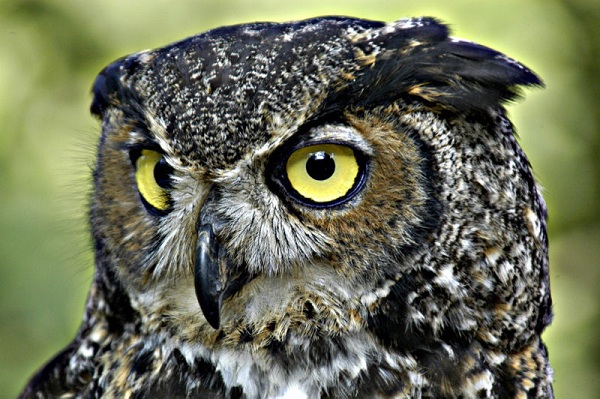
With the ability to process a huge amount of their optical data, it seems the owl’s brain no longer has the ability to think about anything else.5. Optical positioning of the jumping spider
